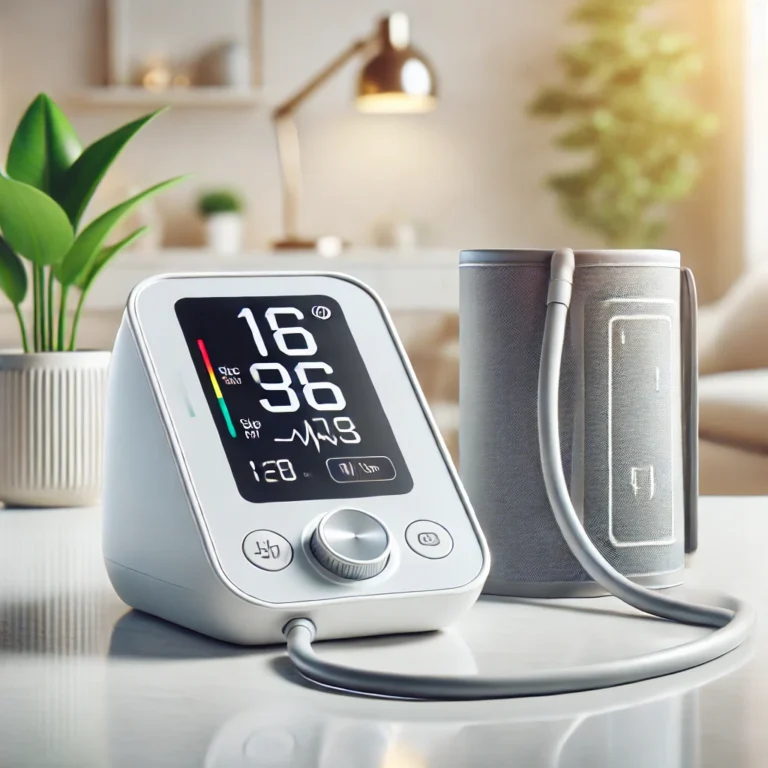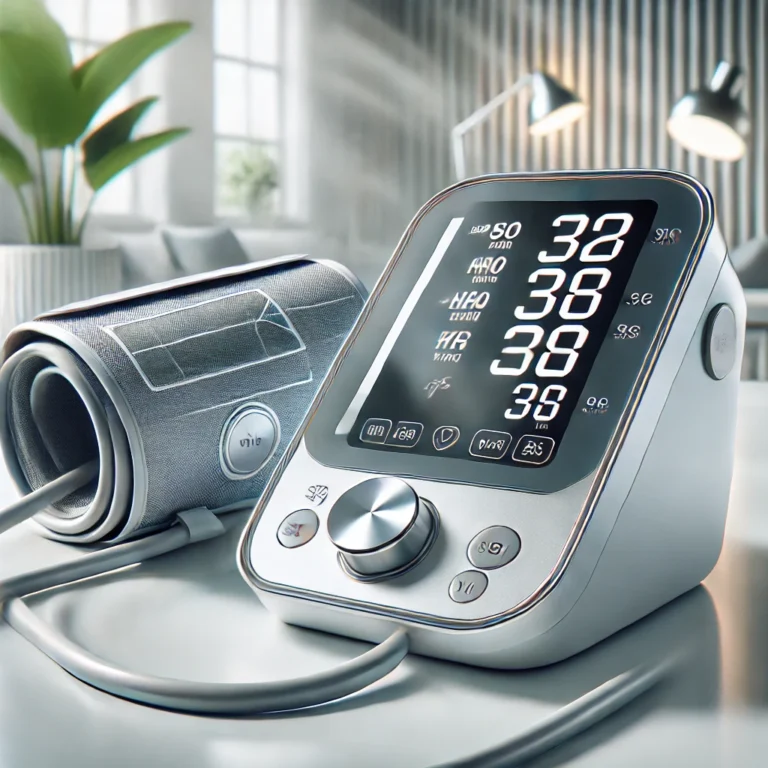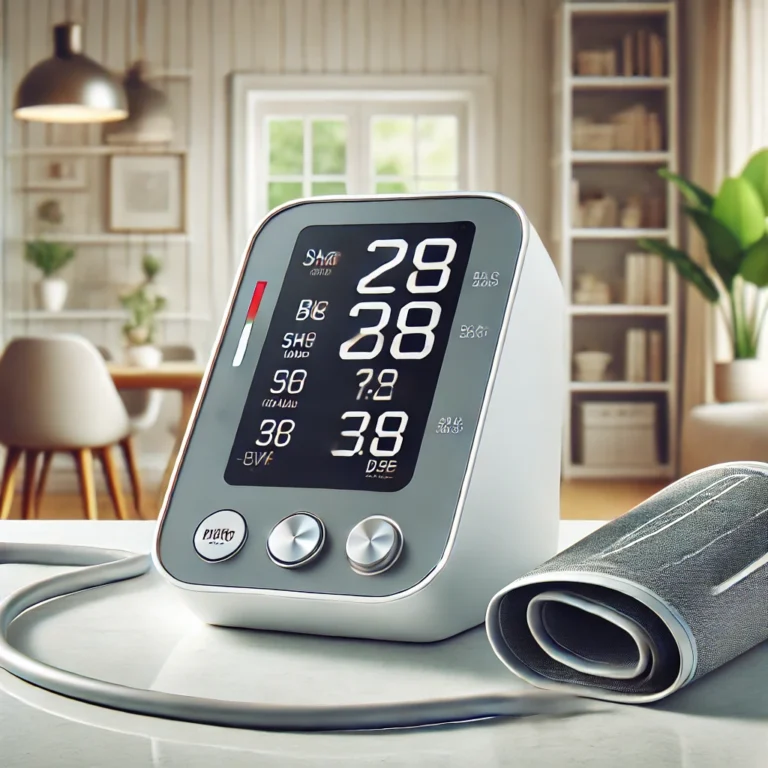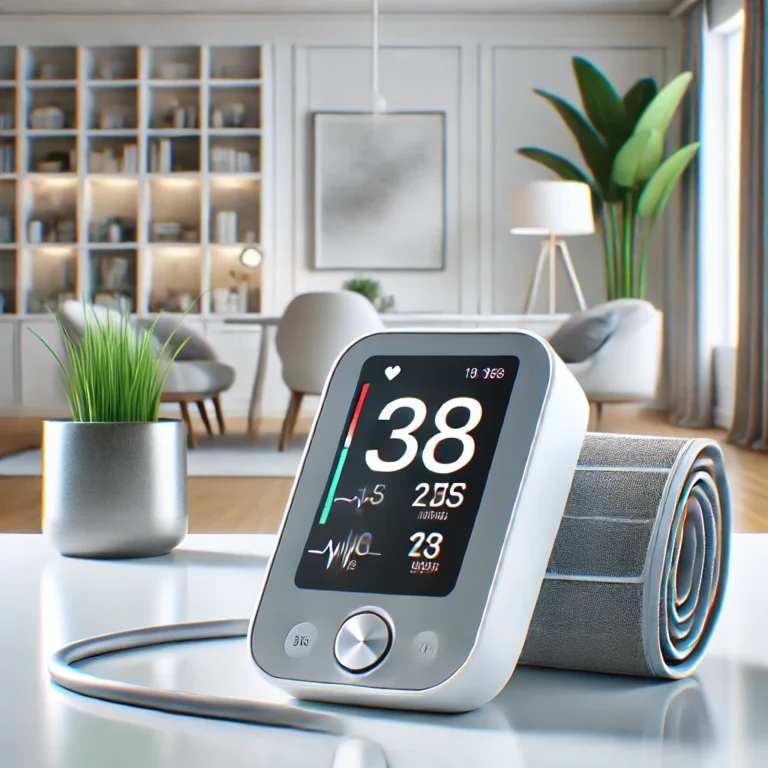How to Pick a Wireless Blood Pressure Monitor: Your Comprehensive Guide
Wireless blood pressure monitors have revolutionized how we track and manage health. With their ability to sync seamlessly with smartphones and other devices, they offer convenience, portability, and advanced tracking capabilities. But with so many options on the market, choosing the right wireless blood pressure monitor can be overwhelming.
In this guide, we’ll walk you through the key features to look for, the benefits of going wireless, and tips to help you select a monitor that fits your needs. Whether you’re managing hypertension or simply keeping tabs on your heart health, a wireless monitor can make the process smarter and simpler.

Why Choose a Wireless Blood Pressure Monitor?
A wireless blood pressure monitor offers several advantages over traditional models:
Convenience: Sync readings directly to a smartphone app, eliminating the need for manual record-keeping.
Portability: Many wireless monitors are compact and lightweight, ideal for on-the-go use.
Data Tracking: Apps often provide detailed analysis, trends, and averages, giving you deeper insights into your health.
Easy Sharing: Share your readings instantly with healthcare providers or family members via email or app integration.
Pro Tip: Wireless monitors are especially helpful for those managing chronic conditions, as they provide a long-term record of readings without extra effort.
Features to Look For in a Wireless Blood Pressure Monitor
To ensure you choose the right wireless monitor, consider these essential features:
1. Accuracy
Accuracy is the cornerstone of any blood pressure monitor. A wireless monitor should be:
Clinically Validated: Look for certification from reputable organizations like the American Heart Association (AHA) or European Society of Hypertension (ESH).
Consistent in Performance: Read customer reviews to ensure the device delivers reliable readings.
2. Compatibility with Devices
Check that the monitor is compatible with your smartphone or tablet.
Operating Systems: Most monitors support iOS and Android devices, but verify compatibility before buying.
App Integration: Choose a monitor with a user-friendly app for tracking, analyzing, and storing your readings.
Example Apps: Omron Connect, Withings Health Mate, and iHealth MyVitals are popular platforms.
3. Ease of Use
A wireless monitor should be intuitive and straightforward, especially for first-time users.
Simple Pairing: Bluetooth or Wi-Fi pairing should be quick and hassle-free.
One-Touch Operation: Monitors with minimal setup and automatic inflation are ideal for effortless use.
Clear Display: Even if the readings sync to your phone, a large, easy-to-read display on the device itself is a plus.
4. Data Tracking and Memory
One of the biggest benefits of wireless monitors is their ability to log and analyze data over time. Look for:
Cloud Storage: Some apps offer secure cloud storage, ensuring you never lose your records.
Long-Term Trends: Advanced apps provide visual graphs and averages for better insights into your health.
Multi-User Support: If you’re sharing the device with family members, choose one with separate user profiles.
5. Battery Life and Power Options
Reliable power is essential for consistent use. Consider:
Battery Type: Most wireless monitors use rechargeable lithium-ion batteries or standard AA/AAA batteries.
Battery Life: Look for a monitor that offers extended use between charges.
USB Charging: Monitors with USB charging capabilities are convenient for use at home or while traveling.
6. Portability and Design
Wireless monitors are often designed for convenience and mobility. Look for:
Compact Size: Smaller monitors are easier to carry and store.
Integrated Cuff: Some wireless monitors, like the Omron Evolv, have an all-in-one design for added portability.
Durable Case: A carrying case protects the monitor during travel or storage.
7. Additional Features
While not essential, these features can enhance the functionality of your wireless monitor:
Irregular Heartbeat Detection: Alerts you to potential arrhythmias.
Multiple Measurement Modes: Some monitors offer average readings for greater accuracy.
Custom Alerts: Apps with customizable reminders can prompt you to take regular readings.
Top Recommendations for Wireless Blood Pressure Monitors
Here are some highly-rated wireless blood pressure monitors to consider:
1. Omron Evolv Wireless Upper Arm Monitor
Why It’s Great: Combines sleek design with high accuracy and app compatibility.
Features: All-in-one cuff, Bluetooth-enabled, works with Omron Connect app.
Perfect For: Users seeking a hassle-free, portable solution.
2. Withings BPM Connect
Why It’s Great: A compact and travel-friendly option with advanced connectivity.
Features: Wi-Fi and Bluetooth integration, app sync, rechargeable battery.
Perfect For: Tech-savvy individuals who value seamless app integration.
3. iHealth Clear Wireless Blood Pressure Monitor
Why It’s Great: Offers a large display and voice guidance for user-friendly operation.
Features: Syncs with iHealth MyVitals app, dual measurement modes, cloud storage.
Perfect For: Seniors or those who prefer guided instructions.
4. QardioArm Wireless Blood Pressure Monitor
Why It’s Great: Lightweight, stylish, and easy to use.
Features: Multiple user profiles, data sharing, and app connectivity.
Perfect For: Families or couples sharing a single device.
Tips for Using a Wireless Blood Pressure Monitor
Download the App First: Set up the app and ensure it pairs with your monitor before taking your first reading.
Follow Manufacturer’s Instructions: Proper cuff placement and positioning are crucial for accuracy.
Take Readings at Consistent Times: Measure your blood pressure at the same time daily for reliable tracking.
Charge Regularly: Keep your device charged to avoid interruptions in monitoring.
Store Safely: Protect your monitor in a secure case when traveling.
Conclusion
Wireless blood pressure monitors offer unmatched convenience and advanced features, making them a popular choice for modern health management. When selecting one, prioritize accuracy, ease of use, and compatibility with your devices. Choose a model that aligns with your lifestyle, whether you’re tracking trends, sharing data with your doctor, or simply seeking a portable solution.
By investing in the right wireless monitor, you can take control of your heart health with greater ease and confidence. Stay connected, stay informed, and prioritize your well-being.



